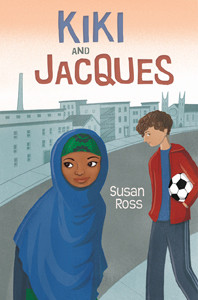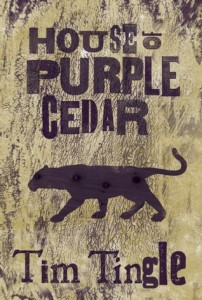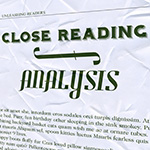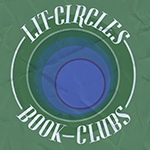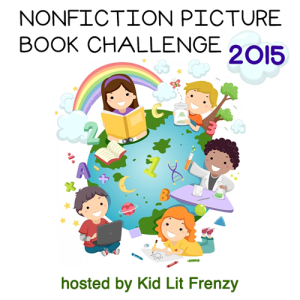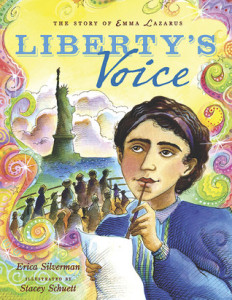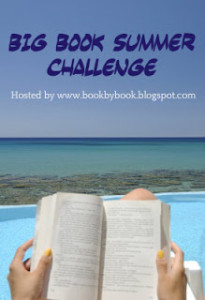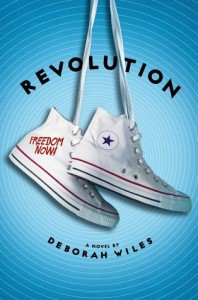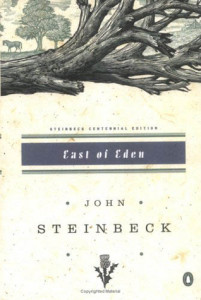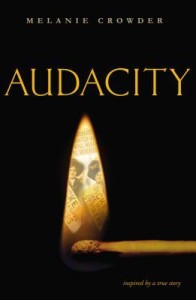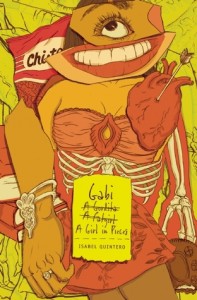Kiki and Jacques
Author: Susan Ross
Published October 15th, 2015 by Holiday House
Goodreads Summary: Preteens prove that cultural differences can be overcome in this middle-grade novel about a native Mainer and a Somali girl who form an unlikely and supportive friendship.
Twelve-year-old Jacques’s mother has passed away, his father is jobless and drinking again and his grandmother’s bridal store is on the verge of going out of business. Plus he’s under pressure from an older boy to join in some illegal activities. At least Jacques can look forward to the soccer season. After all, he’s a shoe-in for captain.
But the arrival of Somali refugees shakes up nearly everything in Jacques’s Maine town, including the soccer team. So Jacques is surprised to find himself becoming friends with Kiki, a cheerful and strong-minded Somali immigrant. Despite their many differences they are able to help one another triumph over problems with friends, family and growing up.
About the Author: Susan Ross lives in Connecticut. She was born and grew up in the Lewiston, Maine, area. Susan was inspired to write this story by incidents in her childhood hometown when refugees from Somalia began to settle there in the early 2000s. Kiki and Jacques is her first novel.
Susan Ross recently was interviewed by HuffPost Live and wrote an article on the HuffPost Blog about Kiki and Jacques and the amazing refugee kids in Lewiston, Maine — and especially, the vital importance of teaching tolerance/ multiculturalism to children!
My Review: Kiki and Jacques is a perfect introduction to refugees for middle grade students. What makes the story work so well is that Jacques is just like so many middle school boys, so reading about Kiki and Mohammad from his point of view makes the story easy to connect with. The reader also gets to learn about the refugees and their lives and situations along with Jacques which makes it so students with no prior knowledge can live Kiki and Jacques story with them.
Teachers’ Tools for Navigation: Kiki and Jacques is a book that many different students are going to love reading for many different reasons. It is a book for sports lovers, realistic fiction fans, and students who want to learn about something and make a difference. It is a great book for classroom libraries.
Additionally, you can view a teaching guide for Kiki and Jacques which has many ideas for classroom uses: Kiki and Jacques Education Guide
Additionally, Mr. Gorman did an amazing activity with this novel using a mood meter. His blog post includes a wonderful writing activity.
Discussion Questions: How does soccer play a role in the story?; What did you learn about refugees in Kiki and Jacques?; What do you think the theme of the book is?; How does Jacques stay positive and “good” through everything that is going on in his life?; How does Jacques help Mohammad and Kiki?
We Flagged: “Frank Boucher broke out from the back and dribbled the ball toward the goal; in a minute he sliced it in. Boucher was tall, and broader than most of the kids. His bleach-blond hair was spiked marine-style, making him look even longer.
‘Holy crap.’ Jacques whistled. ‘That wasn’t bad.’
‘You’ll be captain,’ Sammy said. ‘Don’t worry. Boucher’s got muscle but your footwork’s better. And nobody trusts him.’
‘Wait up–who’s that kid?’Jacques nodded toward the far end of the field. ‘That big dude…is he one of the Somalis?’
A slim black teenager was dribbling toward them. Fast and accurate, the ball skipped effortlessly from side to side. The boy balanced the ball between his shin and knees, spun around and took a wild shot from mid-field. Tim O’Shea knocked his glasses off trying to stop it, but the ball slipped right past him into the goal.” (p. 6-7)
Read This If You Loved: Booked by Kwame Alexander, Soccer Star by Mina Javaherbin, Out of Nowhere by Maria Padian; also middle grade books about refugees including Inside Out & Back Again by Thanhha Lai and A Long Walk to Water by Linda Sue Park
Recommended For:
Q&A with the Author from Holiday House:
Susan, this is the first novel you’ve written. Please tell us about it.
KIKI AND JACQUES is a story about kids from very different backgrounds growing up in a small Maine town. It’s about finding common ground and friendship in spite of cultural differences and challenges.
You were inspired to write this book when your hometown in Maine began to see an influx of Somali refugees in the early 2000s. Tell us a little bit about that experience and how the addition of Somalis to your home town changed the cultural landscape.
When I was growing up, we lived in the “twin cities” in Maine—the old mill town of Lewiston and its sister city, Auburn. My great-grandparents came from Russia and opened a store. Three generations later, my parents had a bridal shop in downtown Lewiston. The majority of the population was of French Canadian descent, and my parents often sold dresses speaking basic French. When I read a magazine article about the wave of Somali immigration to Lewiston, I thought that a small Maine town experiencing such profound cultural change would be an amazing setting for a middle-grade novel.
What kind of research did you do for this book? In researching, what did you find most interesting or surprising?
As with most things in life, I found the very best place to start my research was at the library. In this case, I went to the library in Lewiston and met with a librarian, who told me something very important: in her experience, teenagers of all cultures were more alike than they were different.
I spoke with a few Somali kids that day, who were at the library using the computers. I saw that they were on Facebook, just like my teenagers at home. Later, I met with other Somali teens and asked them to read chapters of my book. I was greatly inspired by how strong and ambitious these kids were, and I was touched by how glad they were to have an author listen and learn about their lives.
KIKI AND JACQUES focuses on the importance of two kids respecting cultural, religious and racial differences, but still becoming friends. What do you hope young readers learn from this novel?
I hope that I’ve written a story that kids can relate to. Kiki and her brother Mohamed’s lives are very different than Jacques’s in many respects, but they also have a surprising amount in common—soccer, strong loyalty to family, and great loss (Kiki’s dad was killed in the war in Somalia and Jacques’ mom died in a car accident). Each kid is looking for a safe and permanent sense of home and belonging.
When did you know you wanted to become an author?
I knew I wanted to become an author when I was in the fourth grade and liked to stay inside at recess and write. My first book was called Diablo, and it was about a wild horse with cruel masters. Not so coincidentally, I had just finished reading one of my favorite books, Black Beauty. I became a lawyer, but after I stopped practicing law and my kids got older, I learned about the Somali immigration to Maine and thought, wow, this would be a wonderful and important topic to write about.
If you could give any advice to young authors, what would it be?
My best advice is simply that writers must write! Start a journal and keep it close, or take notes on your laptop or phone. Find a writing buddy and send ideas back and forth. Get your words down, whenever and however you’re inspired. Even if your writing isn’t close to perfect at first, it will get better, and you will learn and grow in the process—I promise!
**Thank you to Susan for providing a copy of the book for review and for sharing the teachers’ guide and Q&A!**
